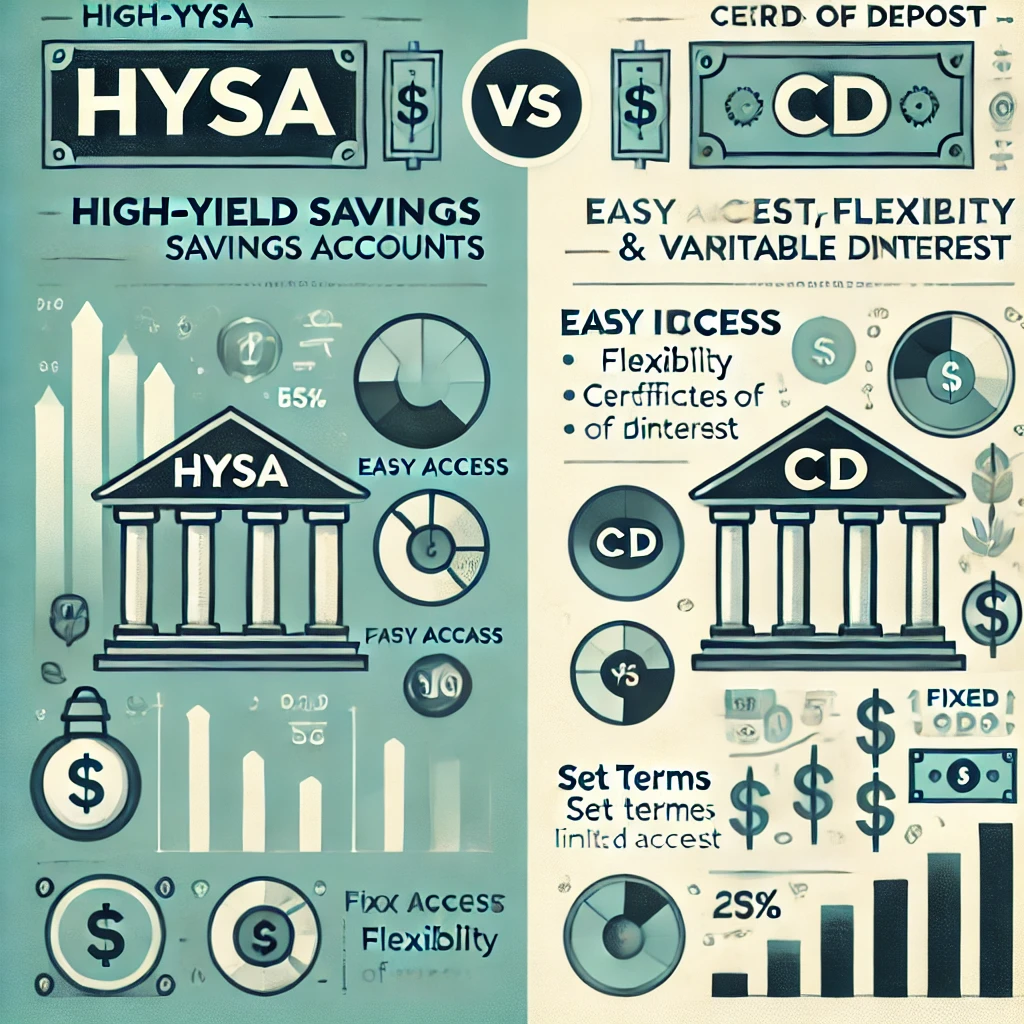How to Build an Emergency Fund: Tips and Tricks | In today’s uncertain world, financial stability is more crucial than ever. One of the most important stages towards reaching this stability is creating an emergency fund. An emergency fund is a savings account set up to handle unforeseen expenditures like medical bills, auto repairs, or abrupt unemployment. This article will walk you through the process of creating an emergency fund, including practical advice and methods to ensure you’re ready for anything life throws at you.
Why an Emergency Fund is Essential
Before we get into the how-tos, let’s discuss why an emergency fund is a financial need. An emergency fund offers a financial buffer that can keep you from going into debt if unforeseen needs arise. It guarantees that you have enough money to cover emergencies without having to use credit cards, take out loans, or tap into your long-term savings account. In essence, an emergency fund provides both financial stability and peace of mind.
Determine Your Goal Amount
The first step in creating an emergency fund is choosing how much money you should save. Most financial gurus advocate saving three to six months of living costs. This money should cover basic expenses such as rent or mortgage, utilities, food, transportation, and insurance. To determine this, add up your monthly costs and multiply by three to six. For example, if your monthly costs are $3,000, strive to save $9,000 to $18,000.
Set Up a Separate Savings Account
To prevent the temptation to spend your emergency money, place it in a separate savings account. Look for a high-yield savings account that allows you to easily access your assets while also earning interest over time. Online banks generally provide greater interest rates than traditional brick-and-mortar banks, making them an excellent choice for your emergency fund.
Start Small and Build Consistency
Building an emergency fund might be overwhelming, especially if you’re beginning from zero. The trick is to start small and be consistent. Begin by saving a modest amount each week or month, even if it’s only $20 or $50. Over time, these tiny donations will accumulate, and as you become accustomed to saving, you may progressively raise the amount.
Automate Your Savings
One of the most effective strategies to ensure that you consistently contribute to your emergency fund is to automate your saves. Set up automatic transfers from your checking account to your emergency savings account. As a result, a percentage of your money is automatically saved without your conscious effort. Automation reduces the temptation to skip a month while ensuring consistent progress toward your objective.
Cut Back on Non-Essential Spending
If you are having trouble finding extra money for your emergency fund, take a critical look at your budget. Identify places where you can reduce non-essential spending. This could involve eating out less, canceling unwanted subscriptions, or finding more cost-effective alternatives to your present spending. Redirect the savings from these cuts directly to your emergency fund.
Use Windfalls Wisely
When you receive unexpected money, such as a tax refund, bonus, or gift, consider placing some or all of it into your emergency fund. These windfalls might considerably increase your savings and help you achieve your goal faster. While it may be tempting to spend the extra money, focusing on your emergency fund will pay off in the long term.
Reevaluate and Adjust as Needed
Life circumstances vary, and so does your emergency fund. Re-evaluate your savings target on a regular basis and make adjustments as needed. If your expenses rise due to a lifestyle change, such as purchasing a home or having a child, you may need to raise your emergency fund goal. Regularly monitoring your money ensures that it meets your needs.
Resist the Urge to Dip into Your Fund
An emergency fund is only for unforeseen and urgent financial demands. It is critical to avoid the temptation to spend this money on non-essential items or monthly expenses. If you do need to utilize your fund, make sure to replenish it as quickly as possible.
Conclusion
Creating an emergency fund is an important step toward financial stability and peace of mind. By following these strategies and tactics, you may gradually increase your savings and be more prepared for anything life throws at you. Remember, the idea is to start now, be consistent, and think of your emergency fund as a financial safety net that is always available when you need it.

